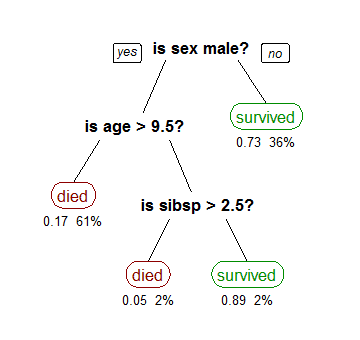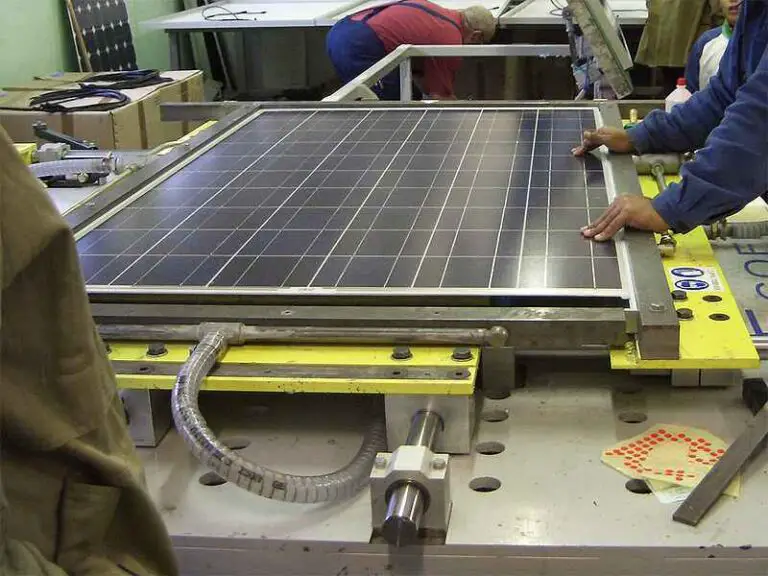3 Types of Wave Energy Converters Explained
Types of wave energy converters are; overtopping devices, wave-absorbing devices, and oscillating water columns (OWCs).
This article discusses the types of wave energy converters, as follows;
1). Overtopping Devices (as one of the Types of Wave Energy Converters)
An overtopping device (or overtopping terminator) is a type of wave energy converter which captures incident waves in a reservoir, and subsequently releases the accumulated water into a turbine system to generate electricity.
The overtopping wave device works on the basis of the principle of wave motion and overtopping [2]. This principle works similar to that behind hydroelectricity generation; where stormwater that has been captured by a dam is released onto a turbine system that activates a generator for electricity generation.
Terminator devices capture the power of waves by converting it from kinetic to potential form, so that incident waves flow into an attached reservoir on collision with angular reflectors, and potential energy is stored in water that rises above sea level in the reservoir.
The biggest advantage of overtopping devices for wave energy conversion, is their relative simplicity. Also, these devices are able to stabilize highly-unstable waves before conversion, thereby reducing risk of damage and energy loss, and increasing energy efficiency of the system [3].

2). Wave-absorbing Devices
Wave absorbers work by obstructing the force vector that is possessed by moving waves, so that it absorbs the kinetic and potential energy in these waves; and converts them into mechanical energy in the form of oscillation or reverberation.
In order for the wave absorber to function effectively, its design must include an element of buoyancy, so that some of its components can be displaced on contact with waves [5]. One of the advantages of this principle is that it allows for flexibility and simplicity of design, for the wave converter system.
There are about four different types or designs of wave absorbing devices, which are; point absorber, terminator, vertical axis pendulum, and attenuator. While the operational mechanism and design may vary for these different wave absorbing devices, their working principle is identical.

3). Oscillating Water Columns (OWC) (as one of the Types of Wave Energy Converters)
Oscillating water columns are wave converters that occur as hollow submerged chambers in which hydraulic processes are induced by wave energy.
An oscillating water column works by capturing waves, which exert pressure on trapped air in the column, so that the air is forces out to an air turbine [4]. This means that the oscillating water column treats waves like a hydraulic piston for air pressurization.
Oscillating water columns are made of steel or concrete, and designed to exhibit significant levels of mechanical resilience to pressure. Through their operations, wave mechanical energy can be converted to electricity [1].
Conclusion
Types of wave energy converters are;
1. Overtopping Devices
2. Wave-absorbing devices
3. Oscillating Water Columns (OWC)
References
1). Garrido,;A. J.; Otaola, E.; Garrido, I.; Lekube, J. (2015). "Mathematical Modeling of Oscillating Water Columns Wave-Structure Interaction in Ocean Energy Plants." Mathematical Problems in Engineering 2015(4):1-11. Available at: https://doi.org/10.1155/2015/727982. (Accessed 23 December 2023).
2). Kralli, V-E.; Theodossiou, N.; Karambas, T. (2019). "Optimal Design of Overtopping Breakwater for Energy Conversion (OBREC) Systems Using the Harmony Search Algorithm." Frontiers in Energy Research 7:80. Available at: https://doi.org/10.3389/fenrg.2019.00080. (Accessed 23 January 2023).
3). Liu, Z.; Han, Z.; Shi, H.; Yang, W. (2017). "Experimental study on multi-level overtopping wave energy convertor under regular wave conditions." International Journal of Naval Architecture and Ocean Engineering 10(5). Available at: https://doi.org/10.1016/j.ijnaoe.2017.10.004. (Accessed 24 January 2023).
4). Quartier, N.; Crespo, A. J. C.; Dominiguez, J. M.; Stratigaki, V.; Troch, P. (2021). "Efficient response of an onshore Oscillating Water Column Wave Energy Converter using a one-phase SPH model coupled with a multiphysics library." Applied Ocean Research 115(August 2016):102856. Available at: https://doi.org/10.1016/j.apor.2021.102856. (Accessed 24 January 2023).
5). Usha, T. (1990). "Power absorption by thin wave energy devices." Applied Mathematical Modelling, Volume 14, Issue 6, June 1990, Pages 327-333. Available at: https://doi.org/10.1016/0307-904X(90)90085-J. (Accessed 23 January 2023).

